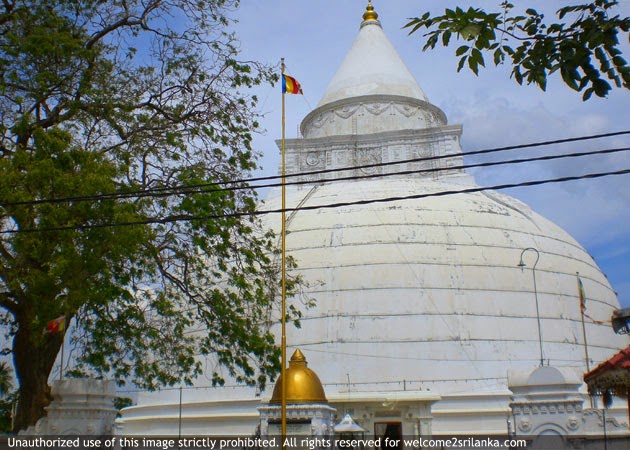Minneriya National Park
Current published by the Department of Wildlife Conservation and natural place among the five priority Minneriya nature reserve. On 12 February 1978, which originated in 1988, in line with the National Parks of gallons of water Wasgamuwa Somawathiya Valley business and Maduruoya Accelerated extent this had been a sanctuary was elevated to the conservation of nature reserve.
Thus, published Minneriya nature reserve four zones. It name as Map 1,2, and 4. Three out of these regions is called the zone of the national park was declared on 12 August 1997 as 13 Sri Lanka Minneriya. The amount of 9355 million hectares. No one was declared as part of the natural reserve zones of Sri Lanka's 19th national park as ‘Angammadilla on 06 June 2006.It amount is 7,500 hectares. The 1924 hectare reserve is left over large regions of two sections, 8335.52 hectares of large regions of four parts.
Location
The two administrative districts of Matale and Polonnaruwa. Map is part two of a full Polonnaruwa district. Angammadilla cynically and Minneriya Shandani the surrounding area are under the Polonnaruwa Divisional Secretariat Division. The lake is part of the feed tanks Girithale. Map four sections of both districts. North Minneriya National Park. This will spread like a forest belt to the east side Alahara-Girithale giant Canal on the south border of GDP went after Kalu Amban Alahara - Spread the road until Ambangaga,thalagoda and area.
Western border Wewala, Kalundegama Pubbiliya like to spread through the village Thalagoda the province.
Nature reserve
Strict nature reserves, although lower than the level in the hands of the conservation status of national parks, public lands belonging to the reserves more legal protection than the problem is. The impact of human activities are restricted than a sanctuary.
Wasgamuwa national park in Minneriya national park and the elephants moved the main gateway lies the elephant-nosed nature reserve. Another side Wasgamuwa park elephants and wild animals migrate through the park Angammadilla Minneriya nature reserve along the two Zone










































